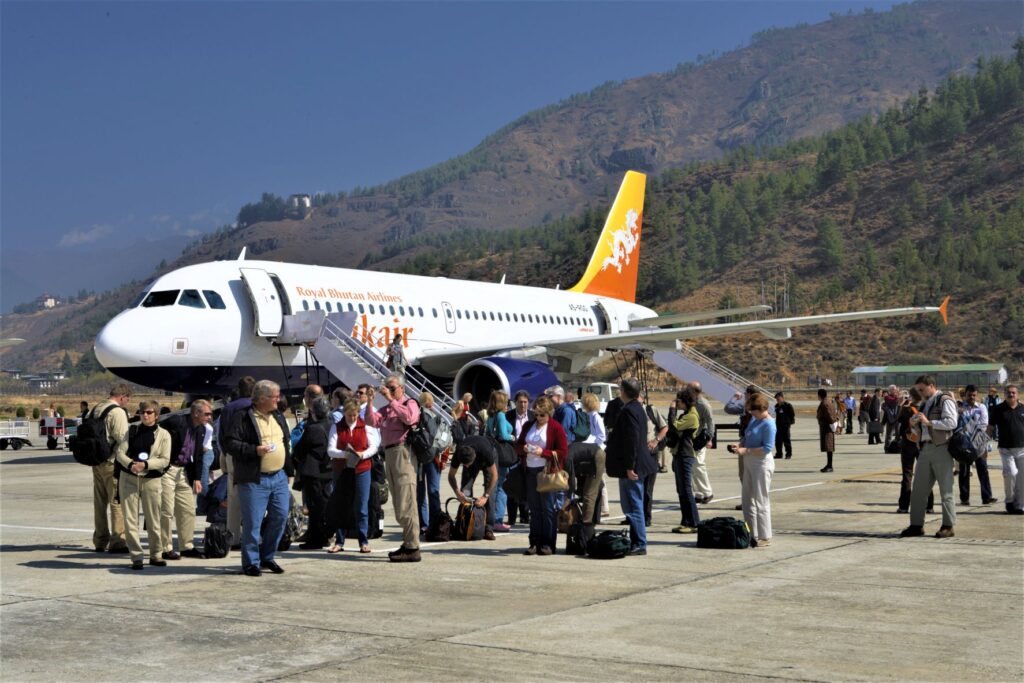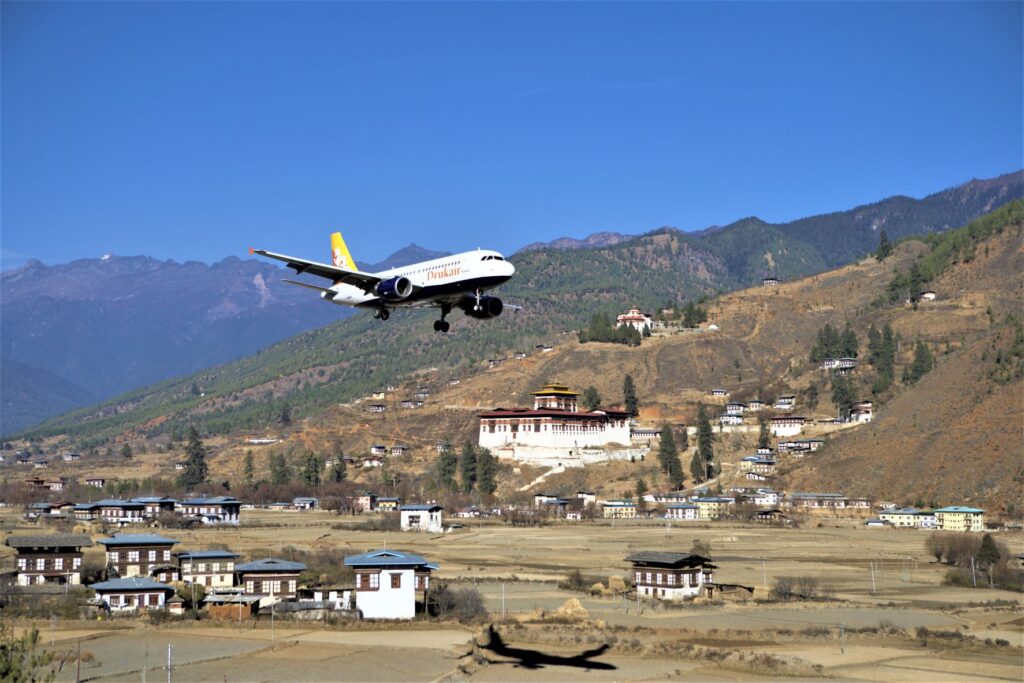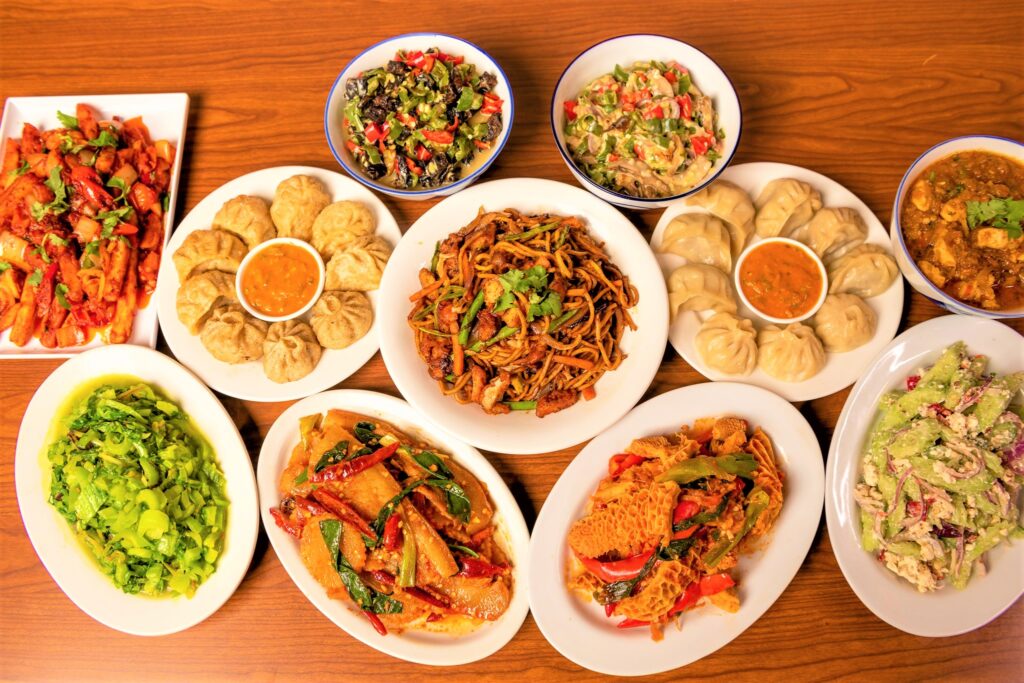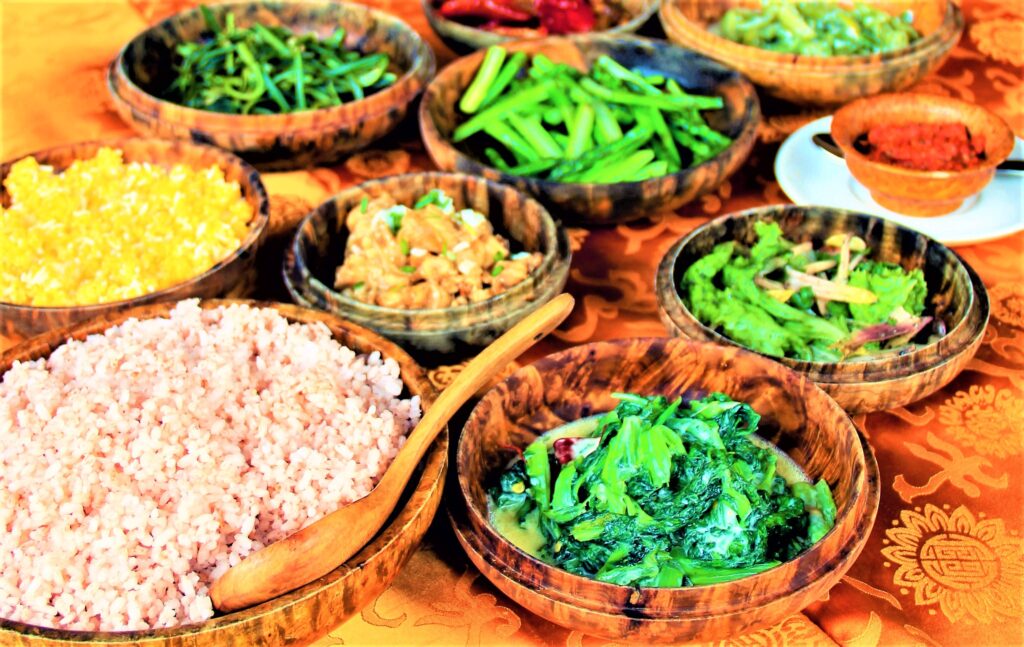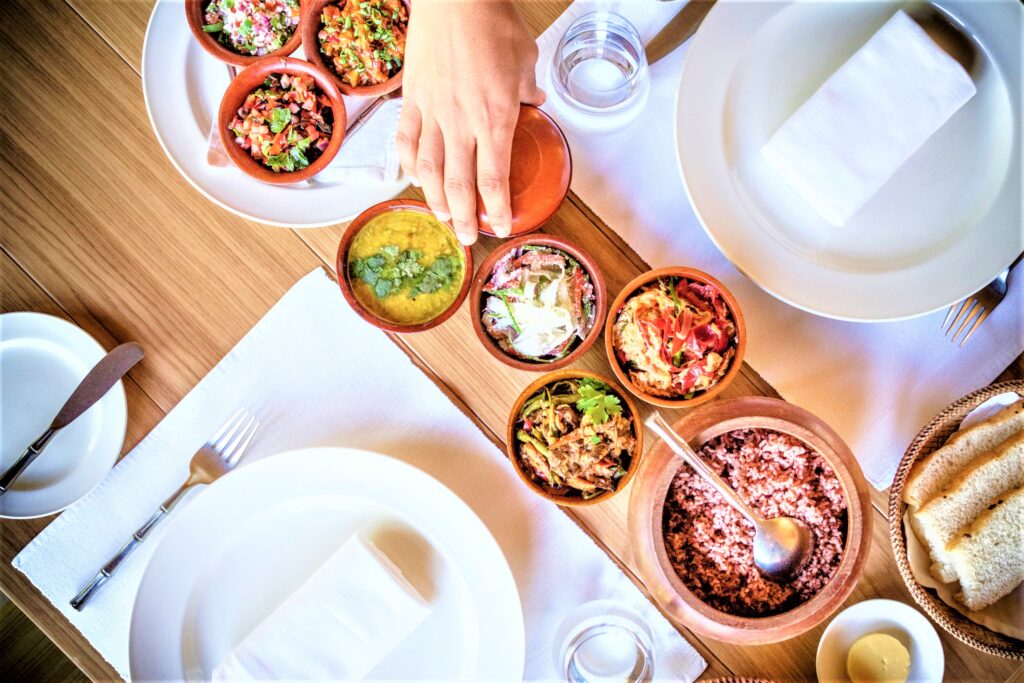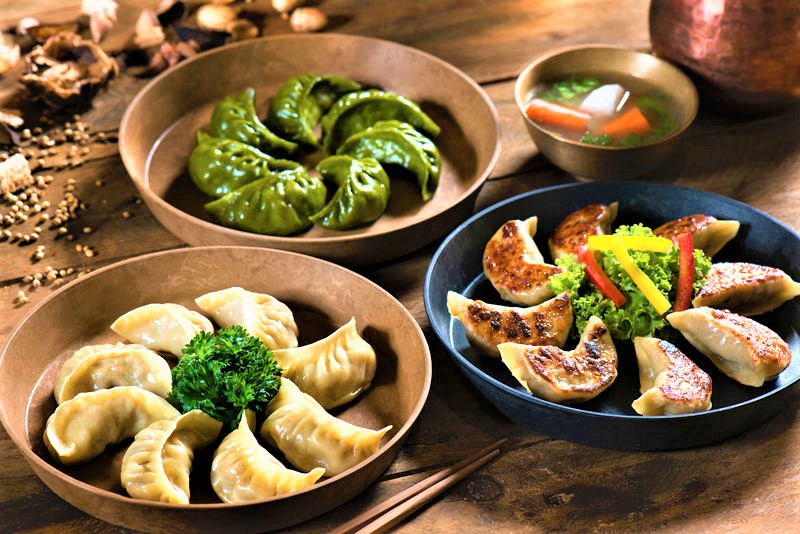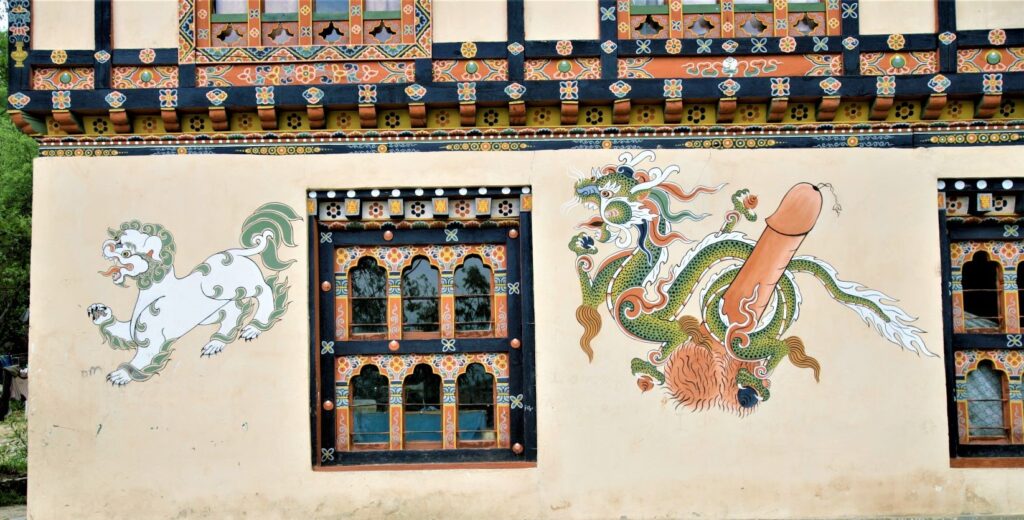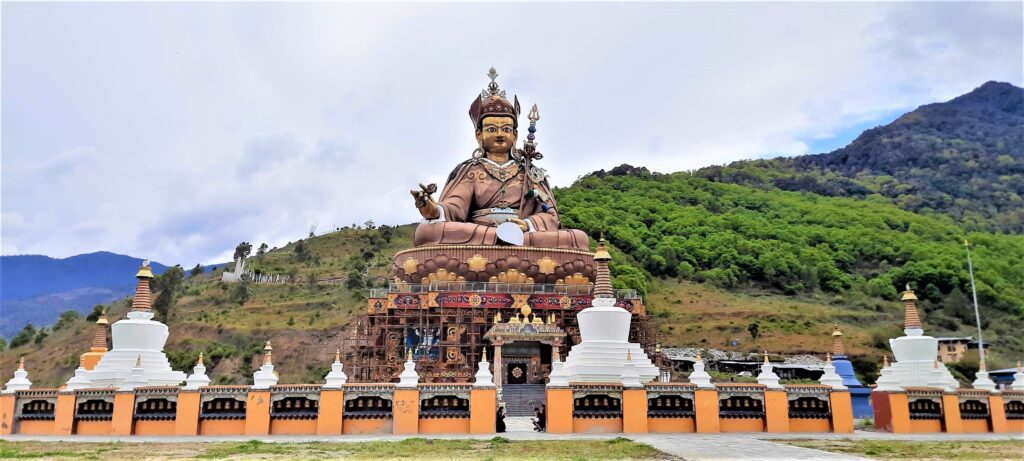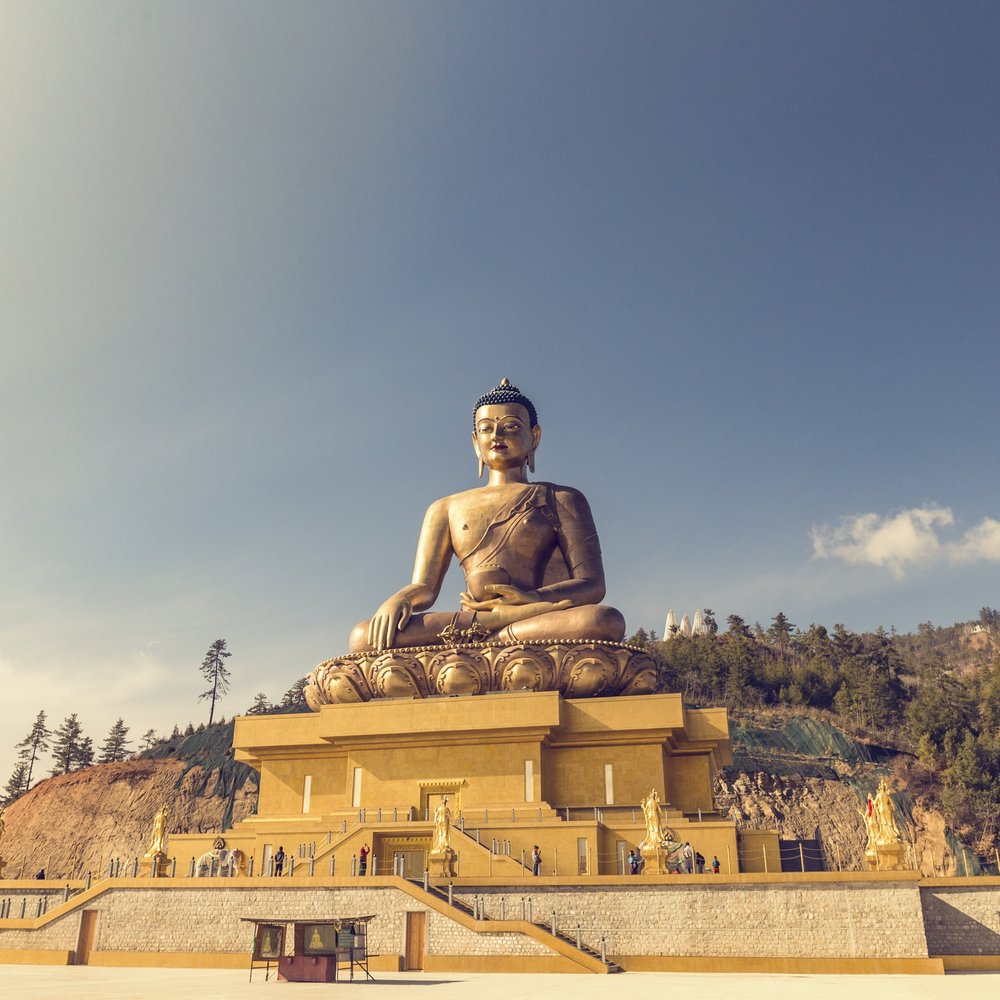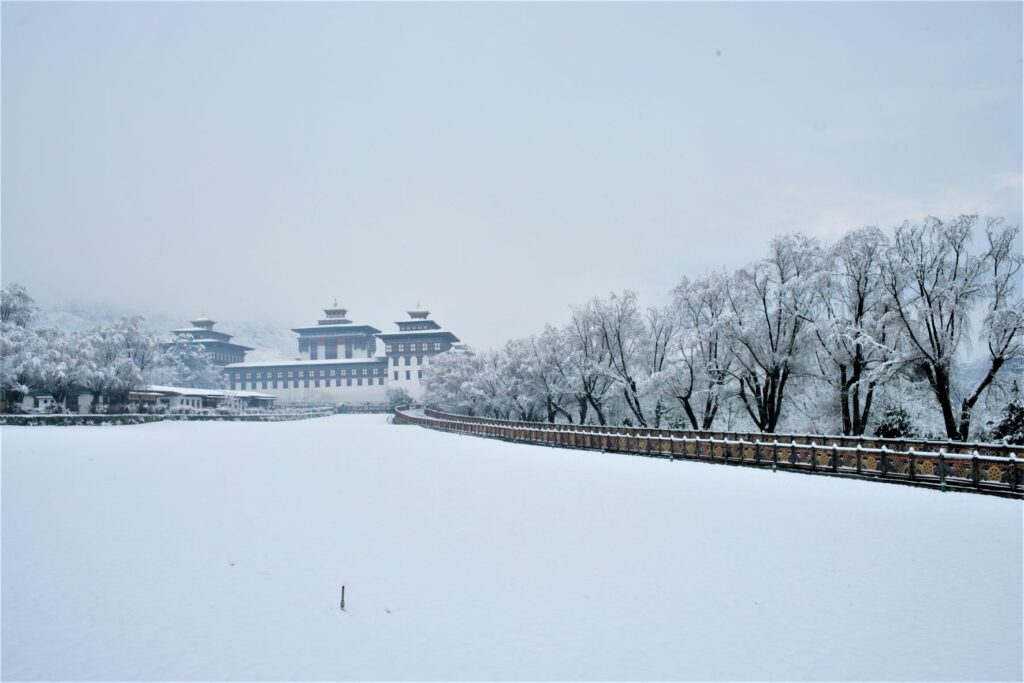Bhutan: An Insider’s Guide
Basic Bhutan
Welcome to the serene rooftops of the world! The Kingdom of Bhutan enclosed between China and India with population of roughly 750,000 people.Besides the stunning natural scenery, the enduring image of the country for most visitors is the strong sense of culture and tradition that binds the kingdom and clearly distinguishes it from its larger neighbors. Bhutan is the only Vajrayana Buddhist nation in the world, and the profound teachings of this tradition remain well preserved and exert a strong influence in all aspects of life. Due to its pristine environment, harmonious society and , the tiny Kingdom of Bhutan has been called “The Last Shangrila.” Bhutan is also the world’s only carbon negative country that means the cleanest air on the planet and unique Gross National Happiness index.
If Bhutan is on your travel list, check out our insider’s tips and information below to find out everything you need to know about planning your trip to Bhutan.
1.Is Bhutan open to Tourist?
Bhutan is now open to all foreign travelers. Starting from 4th April 2022 travelers can once again apply for tourist visas with 5 days hotel quarantine for fully vaccinated and 10 days quarantine for un-vaccinated or incompleted vaccination. Read more in the separate blog article about the lastest covid updates and guidelines.
2.Can I travel independently in Bhutan?
The short answer is no, you can’t travel to Bhutan on your own; you must take the tour with a certified travel agency.
Your “organized tour” can be a private tour, with just you, or you and any number of friends or family and can join to our tour program. If you’d like us to organize either a group or private tour,contact us here
3.How do I get to Bhutan?
Flights to Paro, Bhutan depart from several airports – Bangkok(Thailand), Delhi, Kolkata, Bagdogra, Bodh Gaya, Dhaka, Kathmandu, Singapore and Mumbai – most visitors arrive via Bangkok and Singapore. The two airlines that fly into Bhutan are Drukair and Bhutan Airlines.
4.Do I need a visa to enter Bhutan?
All International tourists wishing to enter Bhutan require a visa which must be per-arranged through a licensed Bhutanese tour operator or one of their international partners. Visa clearance must be arranged by your tour operator prior to travel. Your passport must be valid for minimum of six month throughout duration of stay in Bhutan.
5.What food can you get in Bhutan?
Bhutan is a world unto itself, and the food from the country is a strong part of that world. Though Bhutan serves a variety of cuisines–such as Indian, Tibetan, Nepali, Chinese and western–for travelers seeking somewhat familiar taste and the country’s own food is as delicious as it is distinct.
Bhutan cuisine is, therefore, a pleasant rich mix of many different foods, giving you a uniquely Bhutanese experience. Despite the variety, one thing is constant: the Bhutanese love their chilis and spices like no other. With agriculture as their backbone, the country is awash with fresh produce. Not only that, it is mostly organic produce. But the main staples of the Bhutanese diet are potatoes (and, again, chilis) and rice.
Ema Datshi, a dish consisting of cheese and chili, is considered to be the national dish of Bhutan. Though the dish is commonly found across Bhutan, its taste can vary. Expect some variations with this dish.
For vegetarians, the delicious Ema Datsi comes in different versions wherein vegetables are added to the mix. Expect to find Shamu Datsi with mushrooms, Kewa Datsi with potatoes and many other styles with spinach, asparagus and other such ingredients added. There are also leafy vegetables available, sometimes cooked in a soup-like form known as Jaju
Bhutanese cuisine caters as well to meat eaters, with pork and beef commonly available, along with chicken and fish.
6.What are interesting facts about Bhutan you need to know?
1. Bhutan’s phallic art
For centuries, Bhutan has celebrated the phallus. They are painted on homes, or carved in wood, installed above doorways and under eaves to ward off evil, including one of its most insidious human forms, gossip. They are worn on necklaces, installed in granaries and in fields as a kind of scarecrow. They are used by masked jesters in religious festivals and at one Chimi Lhakhang (temple) in Punakha as a blessing of fertility. The tradition of painting or carving phallic figures has its roots in a 15th-century Buddhist monk named Drukpa Kunley, who was also known as the “Divine mad-man.” According to legend, he offered blessings in the form of sex, and his penis was referred to as his “flaming thunderbolt of wisdom.”
Bhutan’s phalluses are not considered explicitly sexual, in essence, the phallus represents the center of the male ego, and not a celebration of sex .It reminds onlookers that if this force is harnessed properly and it will fuel productivity and creativity rather than wanton lust.
2. The largest Guru statue
The world’s largest statue Of Guru Padmasambhava, with the total height of 173 feet, stands imposingly on the Takila mountain slope, which is one of the most beautiful scenic spots in Lhuntse district, overlooking the entire valley of Tangmachu. Belonging to the Tangmuchu community, an old monastery (Lhakhang) exists at the site of Guru Statue.
It is believed that the statue was built after the sacred prophesy of the the great terton Lerab Lingpa (1856 – 1926), who prophesied that, ‘At one point of time, there will be a war of horses in Kurtoe valley. To prevent this war, a statue of Guru Nangsi Zilnoen should be built’. Similarly, the late Lama Sonam Zangpo in the 20th century, the most revered Yogi of Bhutan, emphasized that, for ensuring continued prosperity in the world in general and Bhutan in particular, a giant statue of Guru Rinpoche should be built in Takila, Lhuntse district in eastern Bhutan. The statue is built by the late Ven. Khenpo Karpo Rinpoche.
3.Buddha Dordenma statue
Great Buddha Dordenma is a gigantic Shakyamuni Buddha statue in the mountains of Bhutan celebrating the 60th anniversary of fourth king Jigme Singye Wangchuck.The statue houses over one hundred thousand smaller Buddha statues, each of which, like the Great Buddha Dordenma itself, are made of bronze and gilded in gold.The Great Buddha Dordenma is sited amidst the ruins of Kuensel Phodrang, the palace of Sherab Wangchuk, the thirteenth Druk Desi, overlooking the southern approach to Thimphu, the capital of Bhutan. Construction began in 2006 and was planned to finish in October 2010, however construction did not conclude until 25 September 2015. The completed work is one of the largest Buddha rupas in the world, at 169 feet (52 m) and contains 100,000 8-inch-tall and 25,000 12-inch-tall gilded bronze Buddhas.
4.The Tiger’s Nest (Taktsang)
The Tiger’s Nest (Taktsang), the most iconic landmark and holy site in the Kingdom, clings impossibly to a sheer cliff face 900 meters above the Paro Valley. It was first built in 1692 at a cave where Guru Rinpoche meditated in the seventh century. Legend says that Guru Rinpoche flew there on a tigress and meditated in the cave for three years in order to subdue evil demons residing within it. The cave has been considered a sacred site ever since and many famous saints have made pilgrimage there. Located approximately 10 km north of Paro town at 3,100 meters altitude, Taktsang is reached after an approximately two and a half hour hike through beautiful, shady pine forests.
7.What is the best time to visit Bhutan?
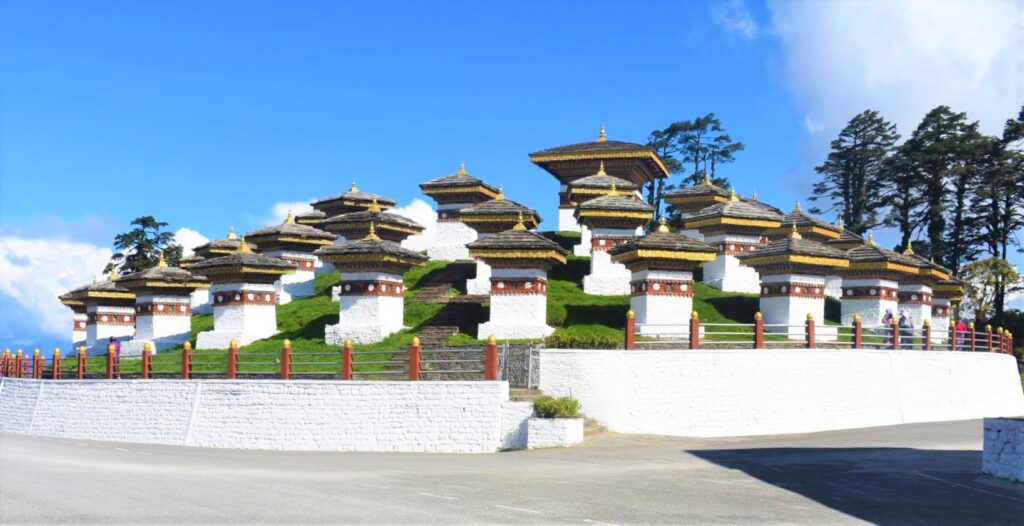
Bhutan has four distinct seasons and each season has its own beauty and charm. Bhutan is a year-round destination. So, it is entirely up to you to decide your travel period.
Spring and Autumn are generally regarded as the best time to visit Bhutan for their favourable temperature and weather conditions.
Spring (March, April & May):Spring is a botanist’s delight as various flowers start to bloom.and plants start budding after their long dormancy in winter. Flowers such as rhododendron, wild azaleas, and edelweiss cover the meadows like carpet and add a new sense of wonder.to the Bhutan’s landscape.
Autumn (September, October & November):This is the time when the entire landscape turns into golden color. The farmers harvesting their crops in the golden colored paddy fields under the crisp blue skies is just an amazing view of Bhutan’s landscape in the Autumn season.
Both seasons also have the highest concentration of local festivals called the Tshechus and considered the high and peak season to travel to Bhutan.
Summer and winter are considered the low and non-peak season to travel to Bhutan due to unfavorable weather condition like wet season in summer and cold season in winter.
Summer (June, July & August): It is an abundant time of the year as flowers are in full bloom and valleys are covered in green, weeping willows sweep the banks of many of the river and pine cone glisten in the sun, so full with risen they are ready to plummet to the ground.
Winter (December, January & February) Winter has its moments. The days are full of sunshine while evenings can turn chilly. Soft turfs of clouds drape lazily over mountain tops as if waiting for new life to blow it across the landscape. The winter season in Bhutan gives one a clear view
Join With Us
Discover, plan and book your perfect trip with expert advice, travel guides, destination information and inspiration from Longchenpa Tours & Treks.

